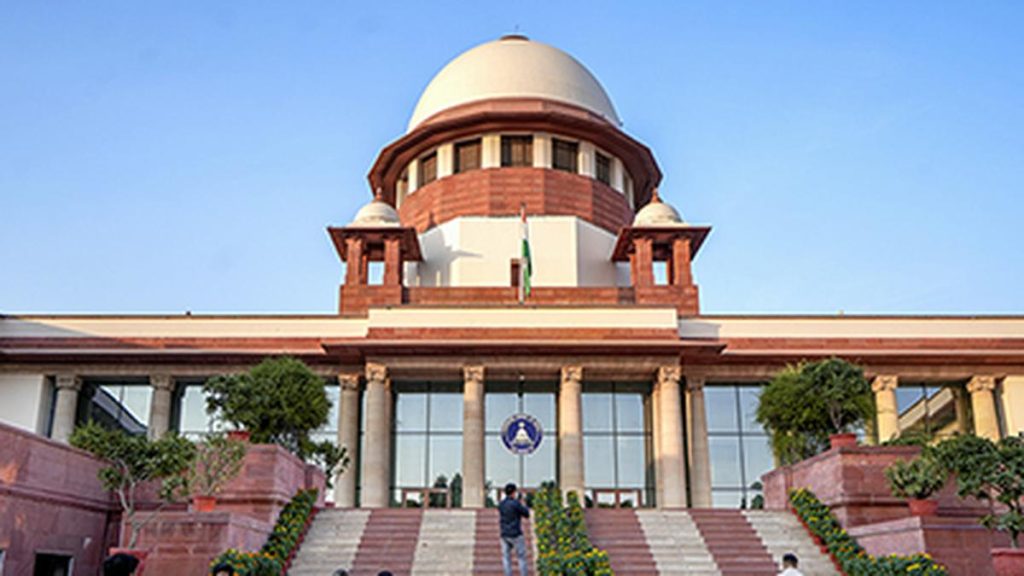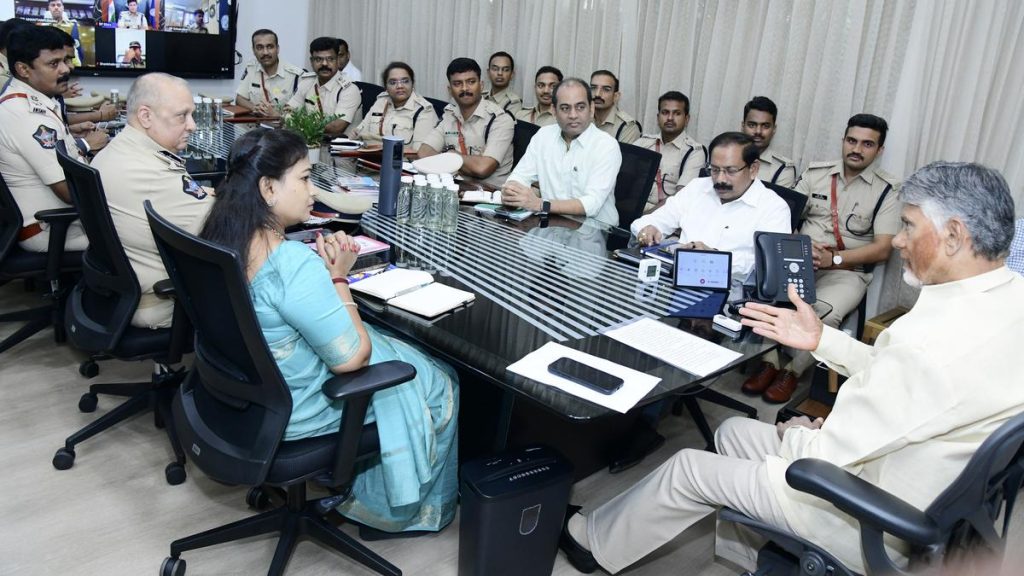Now Reading: KSRTC Unveils ‘Dhwanispandana’ Scheme for Visually Impaired Travelers
-
01
KSRTC Unveils ‘Dhwanispandana’ Scheme for Visually Impaired Travelers
KSRTC Unveils ‘Dhwanispandana’ Scheme for Visually Impaired Travelers
rapid Summary
- Karnataka State Road Transport Corporation (KSRTC) launched the ‘Dhwanispandana Yojane,’ aiming to assist visually impaired passengers for more inclusive and independent mobility.
- Minister for Transport Ramalinga Reddy inaugurated the initiative at Mysuru city bus stand.
- Nearly 200 buses in Mysuru now feature audio device systems that announce route details upon activation by a remote key, enabling visually impaired individuals to identify and board buses independently.
- 400 visually impaired persons have undergone training on using these devices; some were provided with user units during the launch event.
- A similar initiative has already been implemented in Bengaluru, benefiting 125 buses there.
- Collaboration between KSRTC and GIZ India under the Green Urban Mobility Partnership (GUMP) program led to this project’s advancement, supported by IIT Delhi and Raised Lines Foundation. Training assistance was provided by Swami Vivekananda Youth Movement and All India Institute of Speech and Hearing.
- Minister Reddy mentioned plans to integrate audio devices into new buses added to KSRTC’s fleet for broader inclusion efforts.
indian Opinion Analysis
This initiative marks an encouraging move toward inclusivity within India’s public transportation system, providing a notable benefit for differently abled groups like the visually challenged community. It stands as a prime exmaple of leveraging technology to address mobility challenges systematically while promoting independence among underserved populations.
Given its implementation scale across Mysuru-and previously Bengaluru-it demonstrates potential replicability in other cities nationwide if proven effective over time. The collaboration between KSRTC and international bodies like GIZ highlights India’s growing emphasis on global partnerships for developmental programs aimed at sustainable urban transport solutions.The project also underscores progressive steps toward designing public infrastructure aligned with accessibility needs as highlighted under government schemes such as SUMACA, further integrating social equity into urban planning frameworks across regions.
For read more: Original Article Link
























